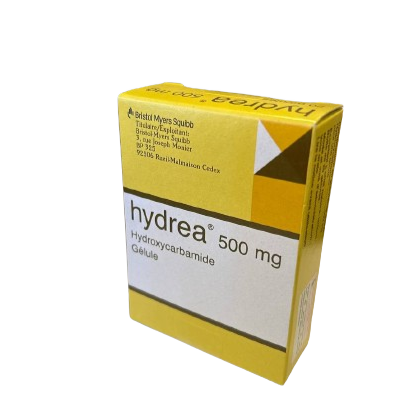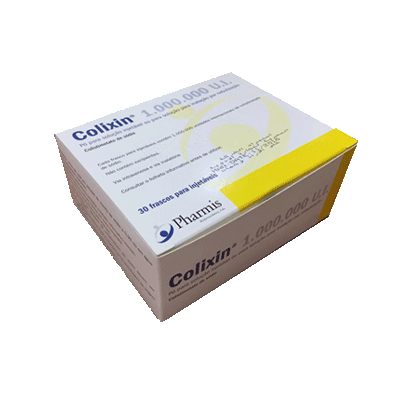Description
Description
Active ingredient: Hydroxyurea (Hydroxycarbamide)
Each capsule contains 500 mg Hydroxyurea.
HYDREA is the brand innovator for Hydroxyurea (also known as Hydroxycarbamide)
– FDA approved
Indications:
In the management of malignant neoplastic disease including chronic myeloid leukaemia (pretreatment phase and palliative care).
It is also indicated for treatment of cancer of the cervix and other solid type tumors in conjunction with radiotherapy.
Dosage and route of administration
Adults
Treatment regimens can be continuous or intermittent. The continuous regimen is particularly suitable for chronic myeloid leukaemia, while the intermittent regimen, with its diminished effect on the bone marrow, is more satisfactory for the management of solid type tumours.
Hydrea should be started 7 days before concurrent irradiation therapy. If Hydrea is used concomitantly with radiotherapy, adjustment of radiation dosage is not usually necessary.
An adequate trial period for determining the antineoplastic effect of Hydrea is six weeks. Where there is a significant clinical response therapy may be continued indefinitely, provided that the patient is kept under adequate observation and shows no unusual or severe reactions. Therapy should be interrupted if the white cell count drops below 2.5×109/L or the platelet count below 100×109/L .
In these cases, the counts should be re-evaluated after three days and therapy resumed when the counts return to acceptable
levels. Hematopoietic rebound is usually rapid. If rapid rebound has not occurred during combined Hydrea and irradiation therapy, irradiation may also be interrupted. Anaemia, even if severe, can be managed without interrupting Hydrea therapy.
Severe gastric distress, such as nausea, vomiting, and anorexia, resulting from combined therapy may usually be controlled by interruption of Hydrea administration.
Pain or discomfort from inflammation of the mucous membranes at the irradiated site (mucositis) is usually controlled by measures such as topical anesthetics and orally administered analgesics. If the reaction is severe, Hydrea therapy may be temporarily interrupted; if it is extremely severe, irradiation dosage may, in addition, be temporarily postponed.
Continuous therapy
Hydrea 20-30 mg/kg should be given daily in single doses. Dosage should be based on the patient’s actual or ideal weight, whichever is the less. Therapy should be monitored by repeat blood counts.
Intermittent therapy
Hydrea 80 mg/kg in single doses should be given every third day. Using the intermittent regimes the likelihood of WBC depression is diminished, but if low counts are produced, 1 or more doses of Hydrea should be omitted.
Concurrent use of Hydrea with other myelosuppressive agents may require adjustments of dosages.
Special Populations
Elderly
Elderly patients may be more sensitive to the effects of hydroxycarbamide, and may require a lower dosage regimen.
Children
Because of the rarity of these conditions in children, dosage regimens have not been established.
Renal Impairment
Since renal excretion is a pathway of elimination, consideration should be given to decreasing the dosage of Hydrea in this population.
Method of administration
Oral.
NB: If the patient prefers, or is unable to swallow capsules, the contents of the capsules may be emptied into a glass of water and taken immediately. Some inert material used as a vehicle in the capsule may not dissolve and float on the surface. The contents of capsules should not be inhaled or allowed to come into contact with the skin or mucous membranes. Spillages must be wiped immediately.





